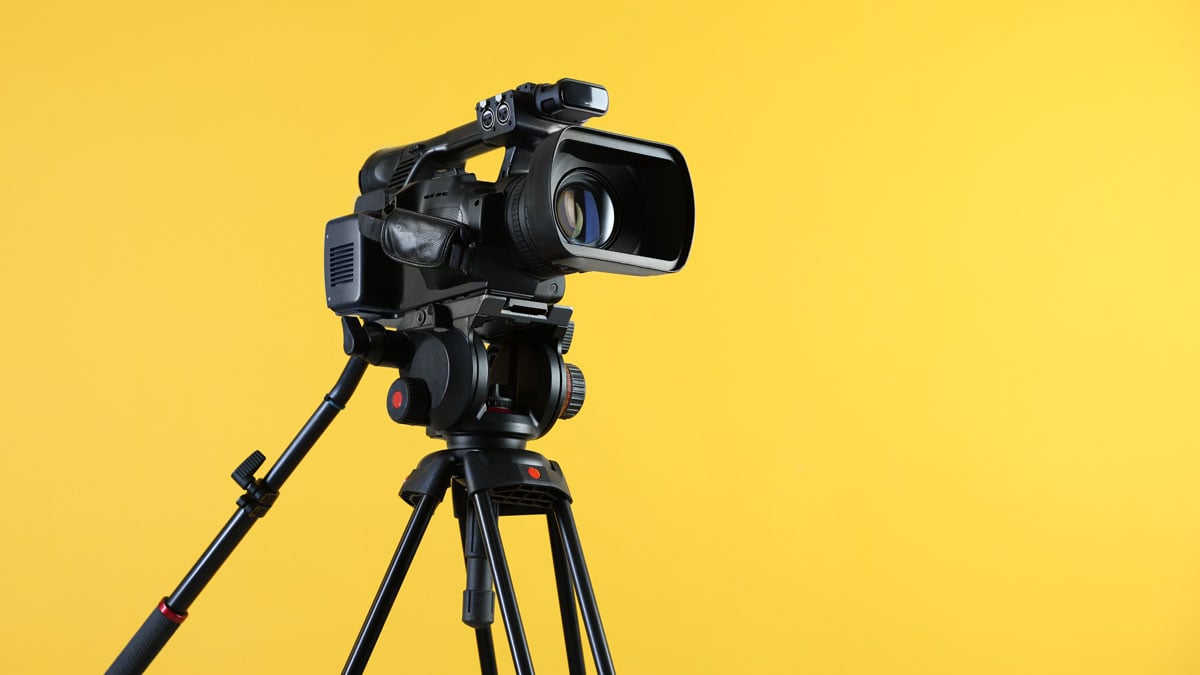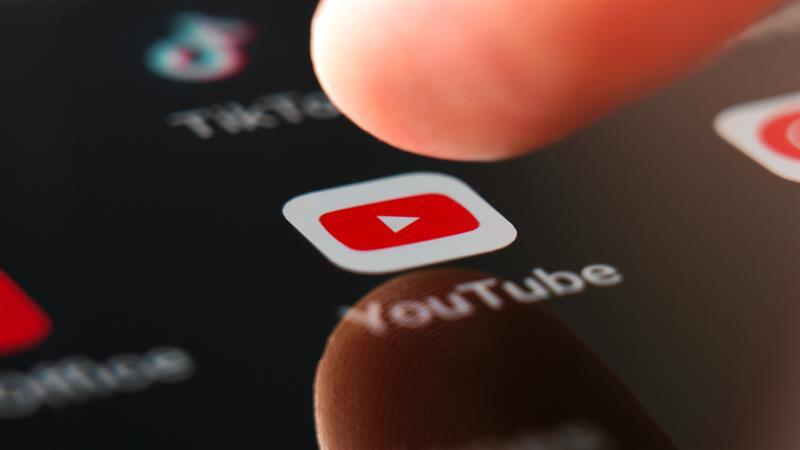Capture Marketing Video from a Mobile Device

February 10, 2025
Get the best video from your phone or tablet.
Video production and even social media video marketing can appear daunting and unattainable to the non-video professional. Thankfully, modern mobile devices have made getting started easier than ever. Today’s smartphones have the capability to record not only usable but impressive videos. All it takes is a small investment in time and resources. Recently MZ produced a video as part of a conference presentation using clips recorded solely with iPhones. Mobile devices have also become an incredibly popular tool for filming marketing content for platforms like Facebook, Instagram, TikTok and YouTube.
Check out these tips on how to take videos from your mobile device.
Make sure you have memory space.
Video takes up a lot of storage. You should have at least 5–10 GB of space freed up, but more may be required depending on the recording quality and duration. For reference, recording an hour of 1080p video takes 4–5 GB of memory but an hour of 4K recording takes roughly 24–28 GB. That's about 20% of a 128 GB phone. A great way to free up space is to delete apps you don’t need or images that are already synced to a cloud backup service, like iCloud or Google Photos. If you still don't have enough storage, consider using another device or transferring your personal files to a computer or cloud storage.
Charge your battery.
Shooting video is one of the most power-draining activities for a mobile phone. Make sure the battery is fully charged before shooting and if possible, connect to a power adapter or an external battery during the shoot. Be mindful that a MagSafe or other wireless charging connection will generate more heat than a simple USB-C connection, which may affect your phone's performance.
Check your app settings.
Both iOS and Android devices have default video recording apps that can produce high-quality video. If your video is going to be used for a long-term piece, shoot 4K (or 3840 x 2160). If you’re shooting for social media, you’ll be better suited with 1080p (1920 x 1080). It’s also helpful to enable “Do Not Disturb” while shooting video. This prevents notifications from disrupting your video shoot.
An excellent tip from HubSpot is to lock exposure and autofocus while shooting. This can be done in iOS by pressing the screen over your subject until the yellow box indicating “AE/AF Lock” appears. Using Android, simply tap your subject on the screen during recording to set focus and exposure. This helps your device to expose your video more accurately by telling it what your subject is.
Lighting is critical.
If you are struggling to see your subject, the camera on your mobile device will struggle even more and the video quality will suffer. A space with plenty of soft, natural lighting works well for shooting video. If you are limited by space, consider a few inexpensive LED lights diffused by white, light-filtering curtains or bedsheets. With a little time and creativity, beautiful results can be achieved with basic household items.
Get the microphone close to the source.
When shooting video, you want to record the source, not the room. Make sure to get as close to your subject as possible to reduce room sound in your recording. Even better, pick up a lavalier microphone designed specifically for mobile devices. This will help you isolate a subject from the surrounding noise more effectively.
While you’re considering a well-lit room, also listen for ambient noise. Appliances like refrigerators and air conditioners can muddy the audio you are trying to capture. If you can hear it while the subject is speaking, your microphone will pick it up too. To reduce interruptions and loud conversations, put up signs near your space indicating that you are shooting video.
Consider your orientation (landscape, vertical).
Vertical videos are now the norm for social media platforms due to the popularity of Instagram Reels, TikTok, and YouTube Shorts. But most other places your audience consumes your video, it will be horizontal. It is much easier to crop landscape video to a vertical aspect ratio than the other way around. If you intend to use your video both landscape and horizontal, you'll be better off shooting at 4K or higher and framing your subject with plenty of space for cropping later on.
Use a tripod.
A simple setup with a mount for your device and a tripod will guarantee steady video of your subject and deliver professional-looking results. If a tripod is not an option for you, or you are shooting action-based footage (skateboarding or hula-hooping) make sure that Image Stabilization is enabled in your camera app. You can hold a small weight next to your device to make hand-held shots smoother or use a chair or ladder to prop your phone or tablet against to keep steady. Electronic stabilizers for mobile devices are also widely available and increasingly affordable.
Now it’s time to edit.
If you are planning to edit the footage yourself rather than turn it over to a vendor, Apple’s iMovie or Microsoft's Clipchamp are competent video editing programs and generally easy to learn. There are also mobile apps for video editing for both iOS and Android, such as Adobe Premiere Rush and PowerDirector.
Mobile phones have become a decent filming option as technology advances and video content continues to dominate social media. With some patience and creativity, use your phone to reach your market through the memorable and engaging power of video.





